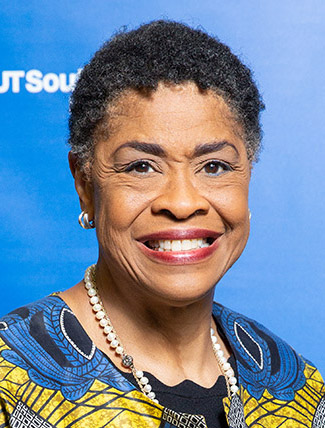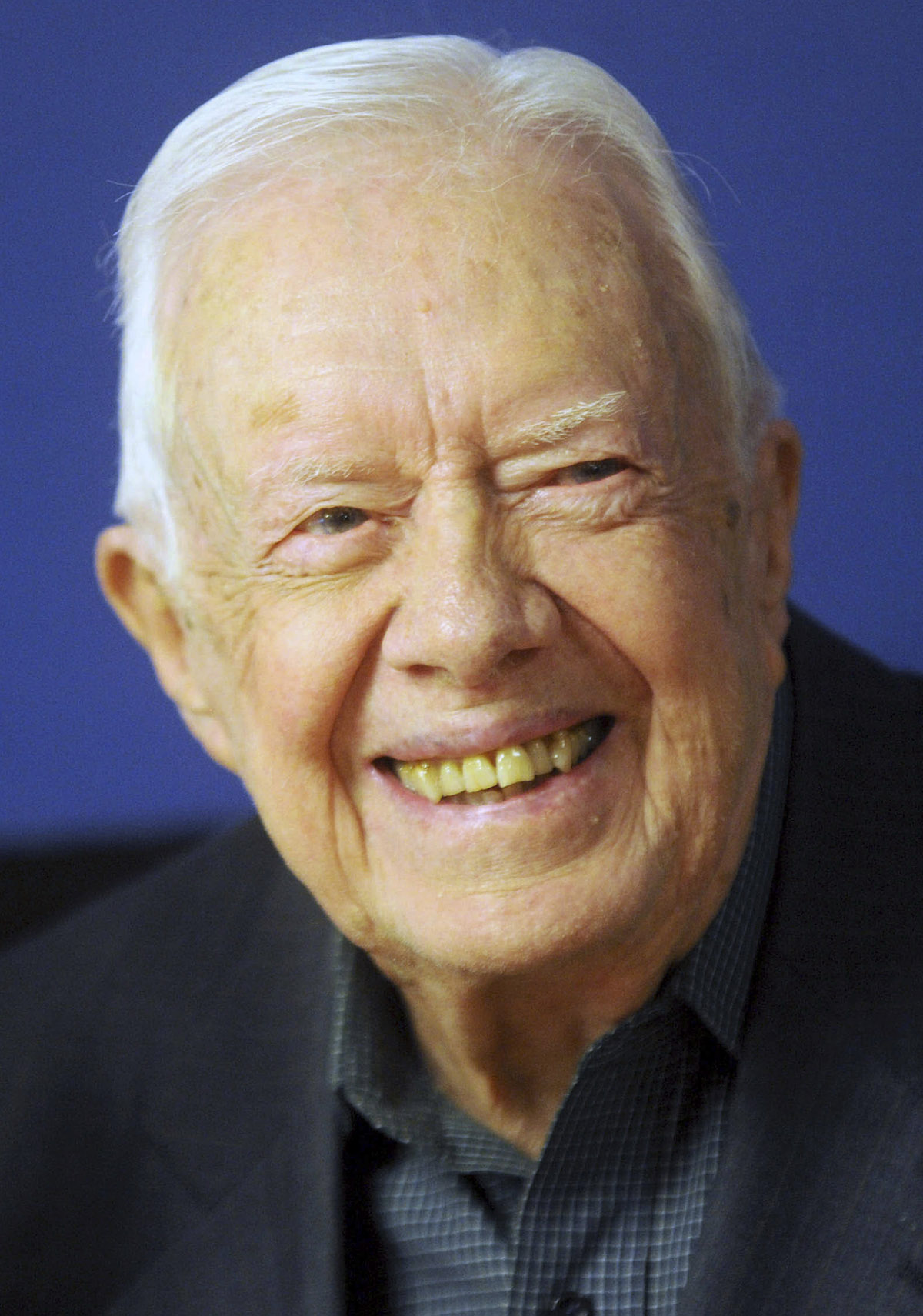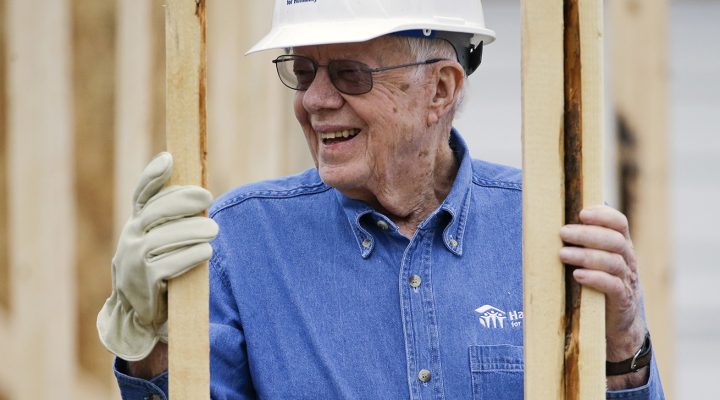Former President Jimmy Carter’s final modeling of Christian faith may have come when he made public his choice to enter hospice care on Feb. 18.
Across the nation, professionals who address end-of-life issues every day reported Carter’s decision sparked conversations and raised awareness of hospice. Carter brought to public attention alternative clergy and health care providers often recommend but not fully understood by the general public.

Gina Biddle
“I commend President Carter,” said Gina Biddle, an ordained Baptist minister who works as a hospital chaplain in Dallas and works directly with patients in palliative and hospice care.
“I love to support my patients. You take ownership and say ‘I’m done. Stop the poking and prodding. Stop trying to treat something that’s not going to result in any quality of my life, and let me take these last, whatever time I have, and live it with my family,” Biddle explained.
Hospice often is a way to live life most fully while facing death, she said. “He’s lived a good life, and he wants to live what he has left to the fullest. People don’t realize that you have to make up in your mind sometimes, ‘You know, I’ve had enough.’ And it’s not saying you’re giving up. No, you realize that your life is in a matter of months, weeks or maybe a year. And you want to live that in your community.”
Hospice often is a way to live life most fully while facing death.
Carter’s witness also highlights that there is a religious element to death, Biddle said. “Being a spiritual person, you live until God says otherwise. That’s not about us, that’s about what God gives us. That which is greater than us says, ‘OK, you’re done.’”
At age 98, Carter is both the longest-lived president and the one with the longest post-presidency. Throughout his post-presidency life, he has developed a reputation as a moral and social justice leader by example.

Jimmy Carter (Photo by: zz/Dennis Van Tine/STAR MAX/IPx 2018)
Now, his “final gift to all Americans,” as one commentator described it, is to destigmatize end-of-life care.
The choice between entering hospice care and continuing treatment can be difficult for a patient to make, Biddle acknowledged. “Sometimes we have to be strong enough to say when. To say, ‘You know, I don’t want to do this.’ And our community and family love us, and say, ‘We are right with you, we trust you, we’re going to walk with you.’”
When a person opts to receive no more curative treatment, as Carter has, that can be difficult for loved ones to accept and understand. Biddle advises family members to think about their loved one’s perspective.
“It’s usually the families going, ‘Well we want them to live,’ but that’s not necessarily your call either,” she said. “So many times, a person has said, ‘I don’t want this,’ and families do it anyway.”
Opting to enter hospice care is not “giving up.”
Opting to enter hospice care is not “giving up,” the Cooperative Baptist Fellowship endorsed chaplain said. “It doesn’t mean not treating. The symptoms still will be treated, but it’s not symptom management for longevity. It’s to make sure you have a good day today, and if tomorrow comes, fine.”
What is hospice?
Hospice care is a medical care option for people with terminal diagnoses, who are expected not to live longer than six months. When a person enters hospice, they agree to stop curative treatments of any diseases or illnesses they have. Hospice care doctors or nurses may administer medications that increase the daily quality of life, such as painkillers and treatments for symptoms. The overall goal of hospice care is to ensure a patient is comfortable during the last stages of life.
For example, a person with terminal cancer who enters hospice care typically will not receive chemotherapy or radiation therapy or any medication intended to cure their cancer. They may, however, still receive medications to reduce their daily experiences of pain or other treatments that make their lives more comfortable.
“I can’t tell you how many patients I have had that said, ‘Well, if you do (continued treatment), then I’m not going to be able to speak, I’m going to be at the hospital, you’re going to be doing all this testing and taking blood, all this,” Biddle recalled. “’No. Stop. I want to go home, be with my community, and be comfortable.’”
’No. Stop. I want to go home, be with my community, and be comfortable.’”
The bottom line, she said: “Hospice makes sure you are comfortable. No pain, no distress.”
Another common misconception is that hospice is expensive.
In reality, it may be one of the least expensive options, as it is covered 100% by Medicare and most health insurance plans. Many hospice services also offer counselors to help patients with financial management.
Depending on the patient’s medical condition and home situation, hospice care may be offered either in the comfort of the patient’s own homes or in medical facilities dedicated to hospice care.
“There are some in-patient hospice units that, maybe that person does have a lot of symptoms and they need round-the-clock nursing care to manage that so that they can have a good death,” Biddle explained. “It’s like being in a hospital, except they make it as much like your home as possible, while also providing 24-hour care.”
Many others receive hospice care, as Carter, in their own homes.
And sometimes patients use both options in combination, she added. “Sometimes we have sent patients from the hospital to the inpatient unit to be stabilized, then home. Or, they can go home, then when their symptoms get worse, they can go to the inpatient unit.”
Chaplains offer guidance
The decision to enter hospice care can be difficult for patients and their families, as the need for this care can bring forward hard feelings about the reality that death is coming. To make this easier, there are chaplains, like Biddle, who work in hospice and palliative care settings, and who are available to help patients feel at peace with their decision.
“Working in this field and talking to patients, hearing their life’s journey, it’s very clear. People know when they’ve had enough,” she said. “And I think President Carter said, ‘You know, I’m not doing all that.’ He decided to stop treatment. He’s pain free, symptom free, and living at home.”
Chaplains help patients express their wishes to health care providers and family members.
They also may help patients understand other end-of-life options, including organ donation.
Sometimes patients want to stop treatments because they know they are dying and would like the opportunity to save the lives of others through organ and tissue donations, Biddle said.
Yet the care offered by chaplains extends beyond the patient to include the family, she added. “Hospice comes along with a social worker, a chaplain, a nurse, and a technician who are specialized in that area to help families on that journey.
“Hospice will be in place if the family wants it for up to a year afterward.”
“Hospice will be in place if the family wants it for up to a year afterward,” as social workers and others are there to help out with paperwork and emotional or spiritual support.
Legacy reminders
As a project for her patients, Biddle is passionate about encouraging legacy work. She asks herself, “How can you continue to say the name of that person and tell the story again and again of how they lived their life?”
For example: “Their passion was education? Hey, let’s do a scholarship at the local community college.”
As part of this legacy work, Biddle creates memory books for her patients. “I create these memory books so people can write stories to their loved ones. To the children who have not been born, or the first Communion for someone, or the day somebody’s getting married. They can take this book and remember what grandma said on this day. This is my wish, this is my prayer, this is what I hope for you in your journey ahead.
“There is legacy work to be done in memorializing someone. You know, keep saying the name.”
And this, too, is an important aspect of hospice care, Biddle explains as she assures her patients who are close to death they will be remembered not just for how they died but for how they lived.
Mallory Challis is a senior at Wingate University and currently serves as BNG’s Clemons Fellow.
Related articles:
Ethics at the end of life: How medicine and technology have changed the context of dying | Opinion by David Gushee
We need to talk about dying | Opinion by Brett Younger


